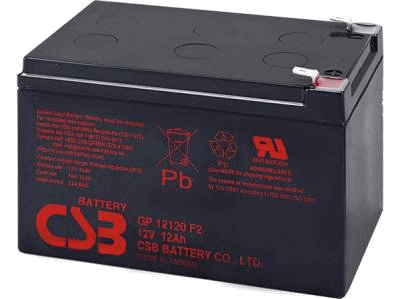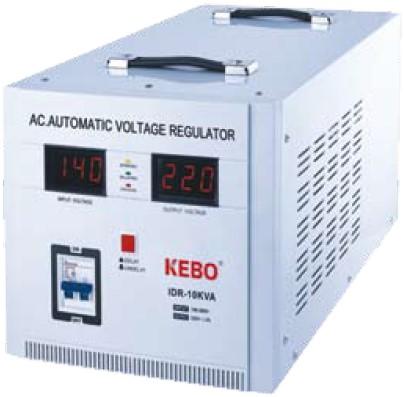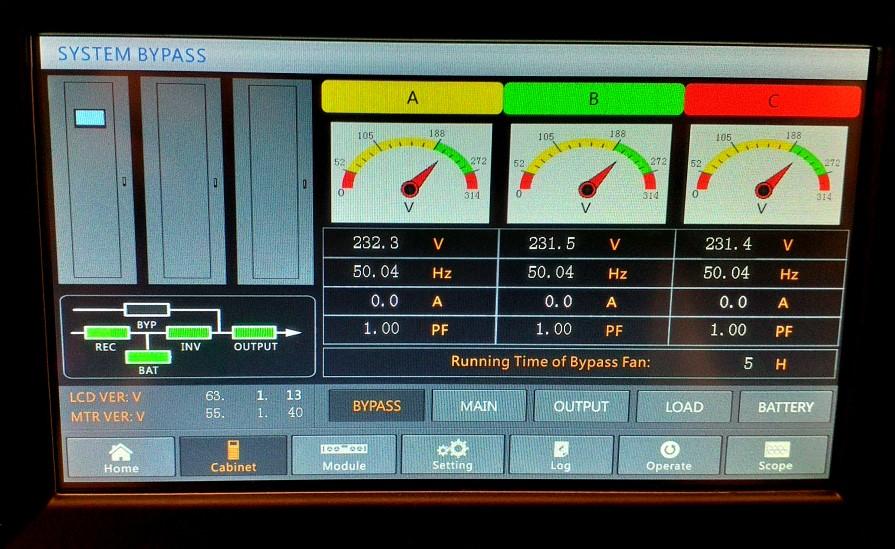Switch mode rectifier
In today’s world, where electronics and electrical devices play a pivotal role in our daily lives, efficient power management is of utmost importance. One key component that has revolutionized the way we convert and regulate electrical power is the switch mode rectifier. This versatile device has found its place in an extensive range of applications, from industrial setups to consumer electronics. In this article, we will explore why a switch mode rectifier is the go-to solution for such a diverse array of needs.
What is a Switch Mode Rectifier?
A switch mode rectifier, often referred to as a switching rectifier, is a type of power conversion device that converts alternating current (AC) into direct current (DC). It operates by rapidly switching high-frequency electrical pulses on and off, regulating the output voltage with high efficiency and minimal power loss. This process is vastly different from traditional linear rectifiers, which use large transformers and dissipate excess power as heat, resulting in lower efficiency.
Versatility in Applications:
1 Consumer Electronics
Switch mode rectifiers are commonly used in laptops, smartphones, and other consumer electronics. Their compact size and high efficiency make them ideal for these battery-powered devices, ensuring longer battery life and faster charging times.
2 Industrial Applications
In industrial settings, switch mode rectifiers are indispensable for powering and controlling complex machinery. These rectifiers offer precise voltage regulation, allowing for the efficient operation of machines and the protection of sensitive equipment.
3 Renewable Energy
In solar and wind power systems, a switch mode rectifier is used to convert the varying AC output of solar panels or wind turbines into a stable DC output that can be stored or connected to the grid. The efficiency of switch mode rectifiers is crucial for maximizing energy generation and storage.
4 Telecommunications
Telecommunications infrastructure relies on power supplies that can handle varying voltages and loads. Switch mode rectifiers are an optimal choice in this sector because they are adaptable and capable of providing a stable power supply.
5 Transportation
Modern electric vehicles (EVs) and hybrid vehicles use switch mode rectifiers in their charging systems. These rectifiers offer rapid charging and efficient energy conversion, reducing charging times and increasing the range of EVs.
Advantages of Switch Mode Rectifiers:
1 High Efficiency
Switch mode rectifiers are known for their efficiency, often exceeding 90%. This translates to less energy waste and lower operating costs.
2 Compact Design
They are compact and lightweight, which is crucial in applications where space is limited, such as in mobile devices or EVs.
3 Precise Voltage Regulation
Switch mode rectifiers offer excellent voltage regulation, making them suitable for applications that demand a stable power supply.
4 Adaptability
They can handle a wide range of input voltages and frequencies, making them suitable for global applications.
5 Longer Lifespan
Their high efficiency and reduced heat generation contribute to a longer operating life. Which is a significant advantage in industrial and critical applications.
Conclusion
In conclusion, switch mode rectifiers are a fundamental component in modern power electronics. Their versatility and efficiency have allowed them to be adopted in a wide range of applications. This includes consumer electronics to industrial machinery. As technology continues to evolve, switch mode rectifiers will remain an essential solution for power conversion. Thereby ensuring that our devices and systems run efficiently and reliably.





